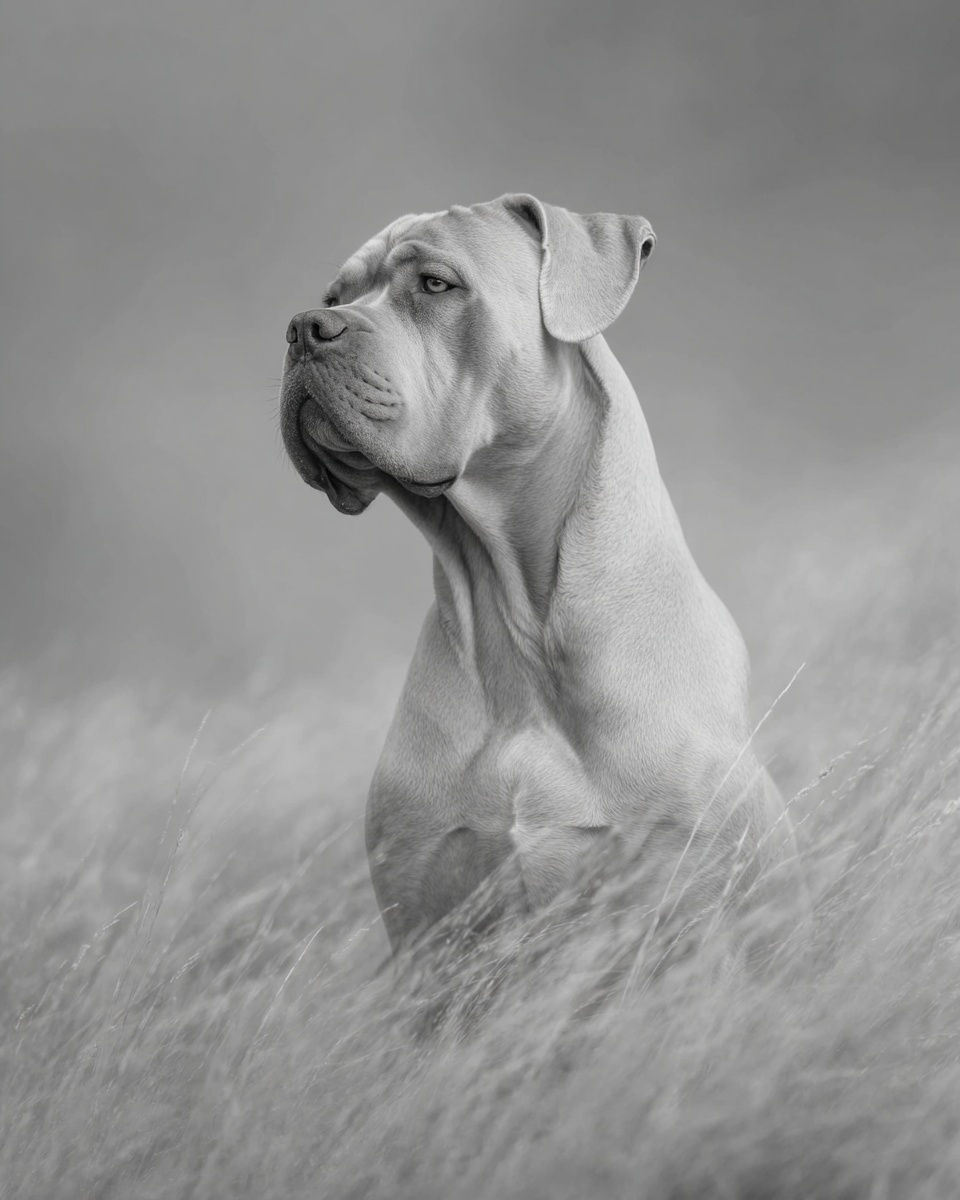Cane Corso

Description
The Cane Corso, also called the Italian Mastiff, has roots stretching back to ancient Rome. This breed was bred to guard farms, hunt, and herd livestock. Its name means "Protector" in Latin, fitting for a dog that’s been a guardian for centuries. Cane Corsos nearly vanished in the mid-1900s but were brought back by dedicated breeders in the 1970s. Today, they’re known worldwide for their strong presence and steady nature. Despite their large size, these dogs carry themselves with calm confidence. They bond deeply with family and watch over them with quiet vigilance. Training takes a firm hand and early socialization. They’re smart and eager to learn but can be stubborn. Cane Corsos do well with kids and other pets if introductions are handled carefully. Their protective instincts mean supervision is key around small children and animals.
Grooming
The Cane Corso sports a short, smooth coat that’s easy to maintain. It sheds lightly to moderately, so weekly brushing with a rubber curry or bristle brush keeps loose hair under control. Bathing every 4 to 8 weeks is enough—don’t overdo it or you’ll strip natural oils. Nail trims should happen every 2 to 4 weeks to prevent cracking or splitting. Check and clean ears monthly to avoid buildup. - Brush weekly with rubber curry or bristle brush - Bathe every 4–8 weeks - Trim nails every 2–4 weeks - Clean ears monthly - Spot tidy as needed Coat colors range from black and fawn to gray and brindle patterns, often with a distinctive black or gray mask. Darker coats may show dust and dirt less, but all colors benefit from regular grooming to keep the coat healthy and shiny. Pro tip: Use a damp cloth to wipe the face and mask area between baths to keep them looking sharp.
Learn the Smooth routine:
→ Complete Smooth Grooming Guide
Walking
Cane Corsos need about 60 minutes of walking daily, split into one solid session. This breed enjoys steady, purposeful walks rather than frantic bursts of speed. They appreciate a routine that mixes calm exploration with some focused training or obedience work. Keep the pace moderate to match their build and stamina. Example routine: - 10-minute warm-up walk around the block - 40-minute steady walk in the park with occasional sit and stay commands - 10-minute cool-down stroll back home This schedule helps burn off energy without overtaxing their joints. Cane Corsos can bark a lot if bored, so walks that engage their mind and body help keep them quiet and content.
Boarding
When boarding a Cane Corso, provide a crate at least 48 inches long to accommodate their size comfortably. They need space to stretch and lie down fully. These dogs thrive with daily exercise that includes calm decompression time—think slow walks or gentle play rather than high-intensity games. Staff should note the breed’s protective nature and ensure socialization is handled carefully. Enrichment activities like puzzle toys or scent games help keep their minds busy. Because they can be vocal, quiet time is important to prevent stress. Playstyle tends to be deliberate and controlled, not frantic or hyper. Boarding staff must be confident and consistent, offering firm but gentle guidance. Cane Corsos respond well to routine and clear boundaries. They appreciate calm leadership and plenty of affection once trust is earned.